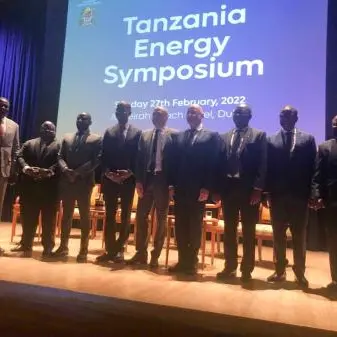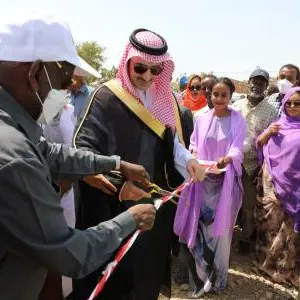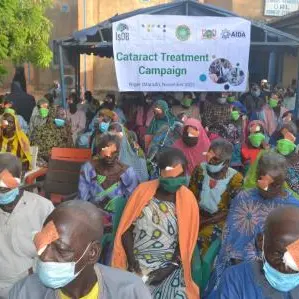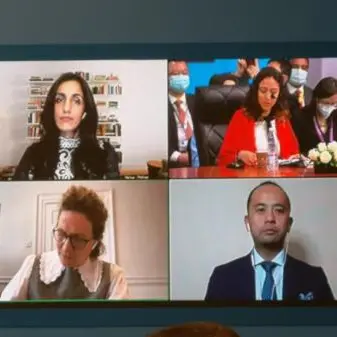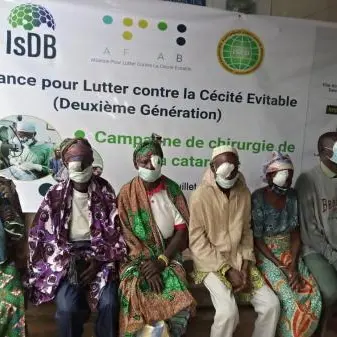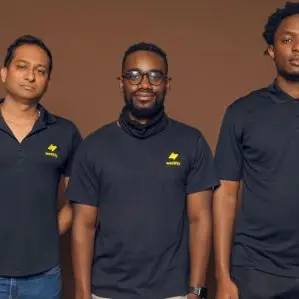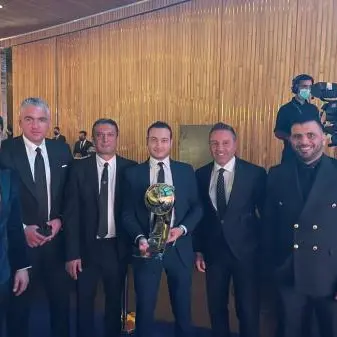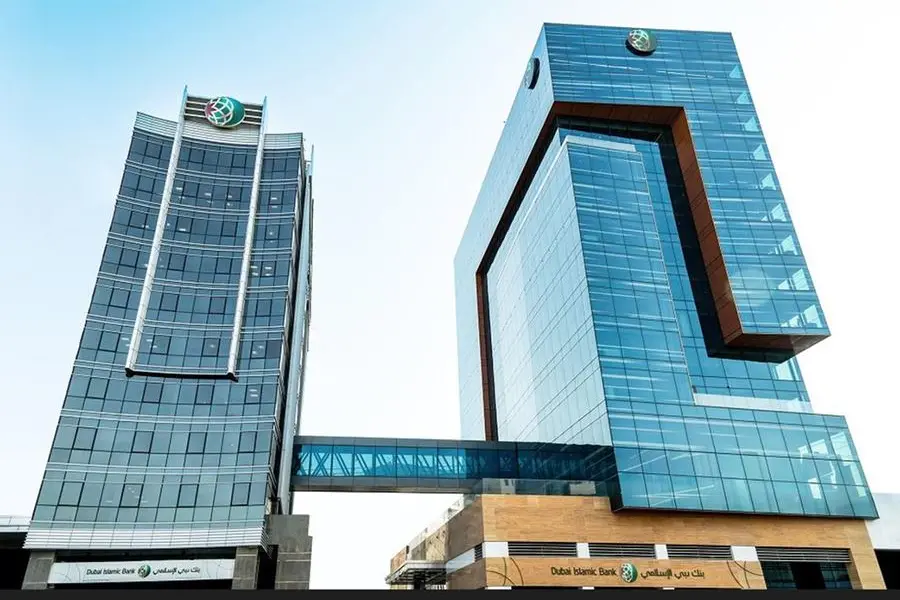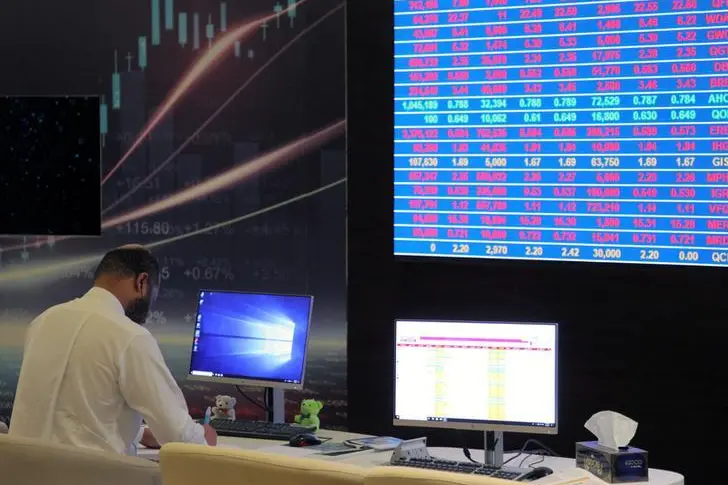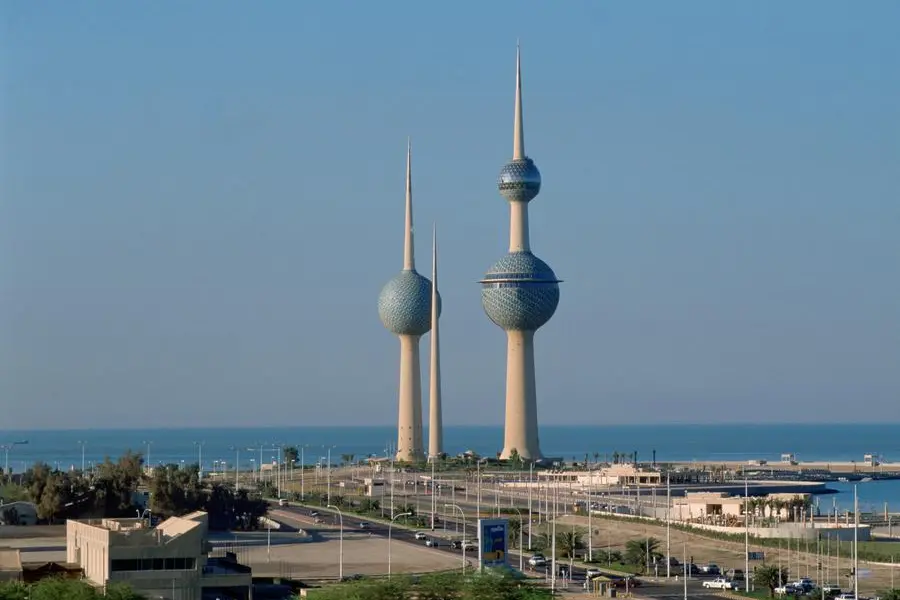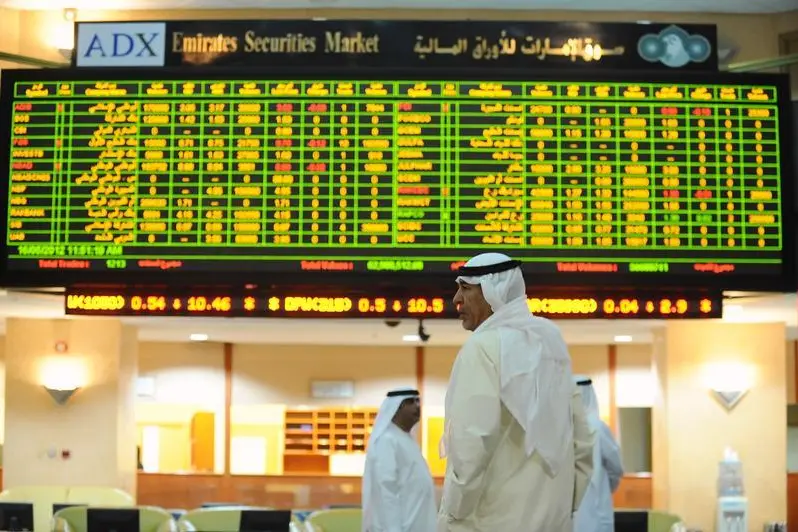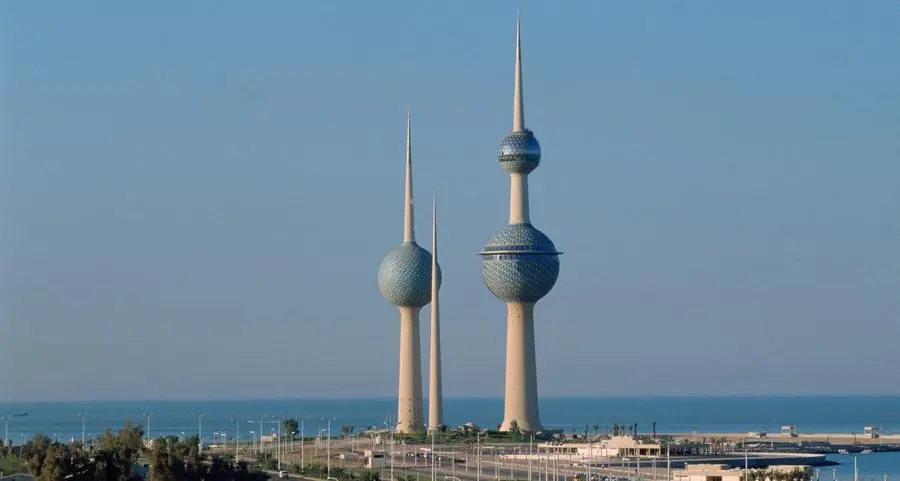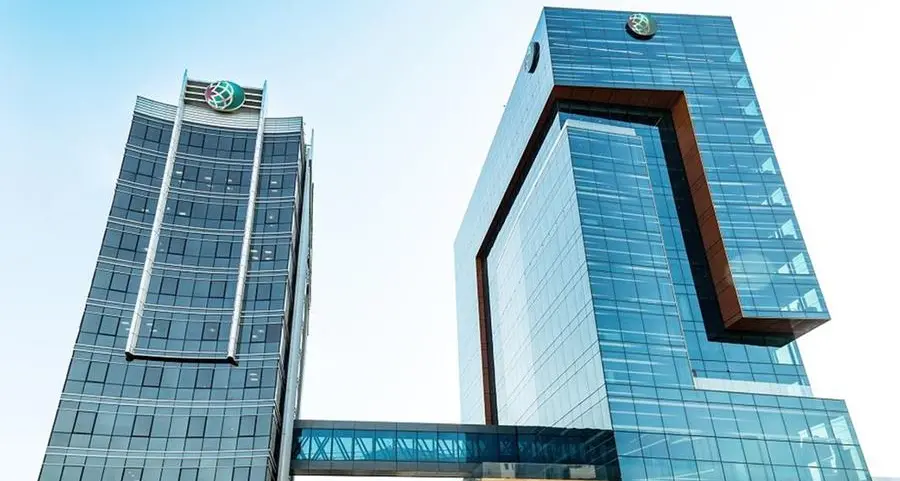Despite important progress towards integrating eye health into primary health care services in African countries, a dire shortage of financial resources, combined with the concentration of scarce human resources in urban areas and low community awareness, continues to threaten the gains.
One in every six blind people globally live in Africa, along with 26 million others grappling with some degree of visual impairment. Yet statistics show that despite the onerous burden, only 14% of people who need cataract surgery receive it, while more than 80% of people with shortsightedness receive no treatment. The comparative figure for North America, Australasia, western Europe and the Asia-Pacific region, meanwhile, is lower than 10%.
In addition, only 12% of people in Africa who need glasses or surgical interventions to address blurred vision will receive the necessary care, at significant economic cost to countries. The global estimated costs of uncorrected refractive errors and cataracts is US$14.3 billion annually.
World Health Organization (WHO) in the African Region is recording a decrease in vision loss due to Vitamin A deficiency, onchocerciasis and trachoma, but emerging eye health challenges are rising. These are related to ageing populations, unhealthy lifestyles, and noncommunicable diseases.
“The focus on eye care is critical, given the multiple positive impacts of good vision on all aspects of life, from overall well-being to academic achievements. The contribution to economic growth is also significant, raising the urgency of building on the gains already made, while addressing the emerging challenges,” said Dr Matshidiso Moeti, WHO Regional Director for Africa, on World Sight Day today.
WHO’s current focus in the region is to support countries to integrate eye health services at primary care level, as part of universal health coverage. However, with severely limited human resources, the achievement of Integrated People-Centred Eye Care demands innovative interventions, dedicated community engagement, and cross-sectoral coordination of services.
Over the past two years, WHO has provided technical support to six African countries, including Ethiopia, Ghana, Niger, Nigeria, Somalia and Zambia. The work began with the completion of national situational analyses, followed by the development of strategic plans and monitoring frameworks. Operational planning and costing of interventions and resources was also completed, specifically in relation to workforce needs, and the integration of eye care indicators into existing health information systems frameworks.
To support countries towards the achievement of the global target of increasing the number of people with access to appropriate spectacles (known as effective coverage of refractive error or eREC) to 40% by 2030, WHO launched the SPECS 2030 initiative. Still in its initial stages, Liberia and Mozambique have begun implementation.
Meanwhile, WHO also launched a free self-assessment tool designed to support countries to promote healthy habits and raise eye care awareness. Launched last year, the WHOeyes tool, available in multiple languages, is u used to check visual acuity, while also providing educational messaging.
Other support has included the dissemination of strategic documents such as the World report on vision, which outlines WHO’s recommendations for integrated, people-centred eye care, and the launch of the WHO’s Eye Care in Health Systems: Guide for action.
Distributed by APO Group on behalf of WHO Regional Office for Africa.
